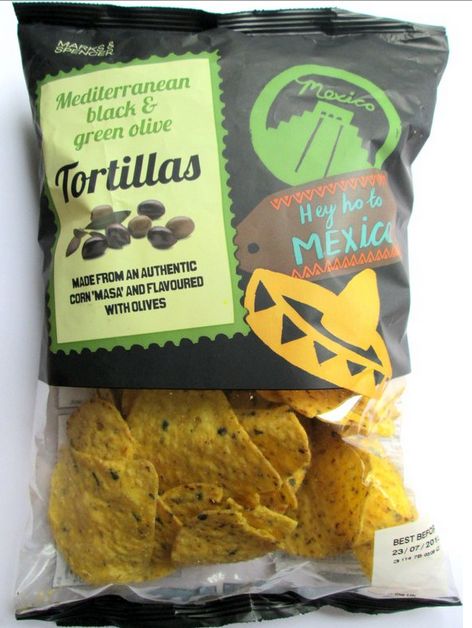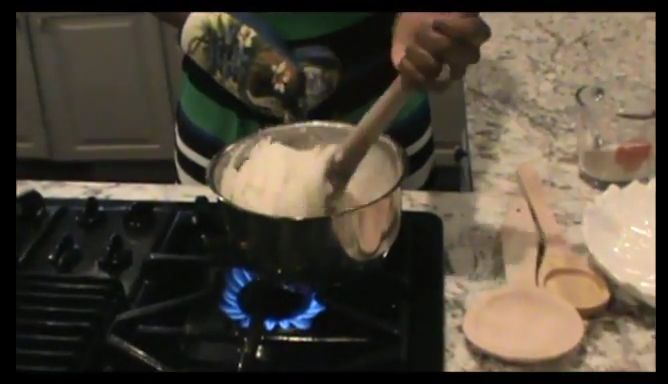In Zambia, as in several countries in Africa, Nshima forms the staple food. Also known as Sima, Ubwali, Sadza, it is Zambians what rice or potatoes are in other cultures.
Nshima is also known as Sima and as Ubwali,depending on where you are. It is made from maize meal. The dried maize is ground into a powder and the husks are sieved off to leave a fine white flour. In Bemba this flour is known as “Ubunga.”
Ubunga can also be made from dried Cassava roots (Ubunga bwa Tute) and from millet grain (Ubunga bwa Male). The consistency is different and each dish requires its own modification to the basic technique in order to get a well cooked dish.
Preparation of the dish (See video instructions below) is essentially a matter of mixing the flour with water as you heat it up to a thick porridge. The trick is to do this without forming lumps of poorly cooked flour. With proper technique, it is possible to get a smooth paste every time.
After cooking, a thin crust forms at the bottom of the pot (unless you used a non-stick pan). This has a nice crispy taste, but most people look down on adults eating this crust. It tends to remain in the pot and gets soaked and cleaned off when doing the dishes. The other day I tucked into a packet of Mexican Tortillas and the taste was identical to “Icikwangwa.” I finished the packet without any sense of guilt. If I had asked for “Icikwangwa” in the village, people would have given me funny looks.

Here is a step-by-step video on how to prepare Nshima It takes you from a cold start to the finished product:


